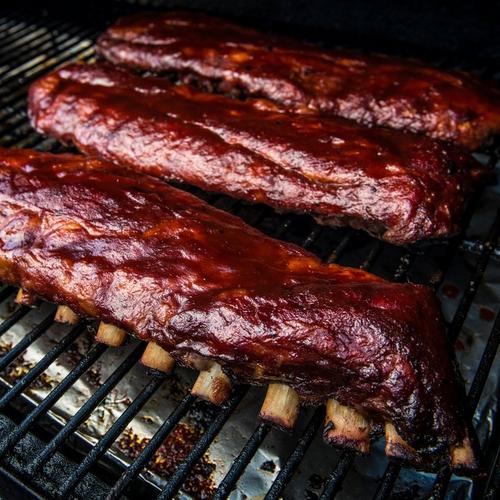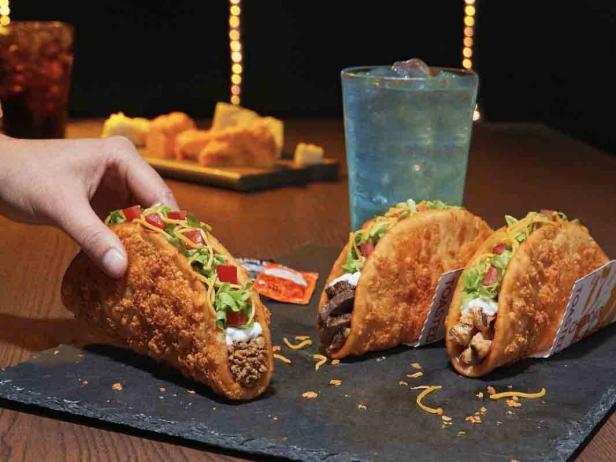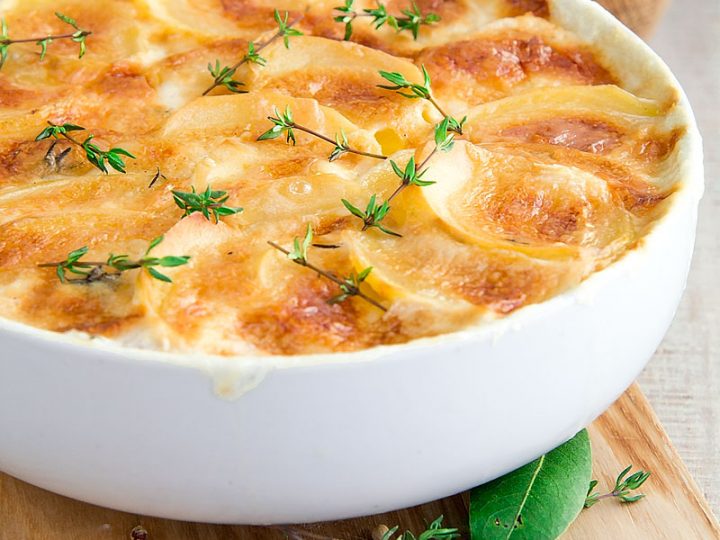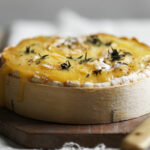Few things get meat eaters more excited that barbecue ribs. While the first instinct of many if not all of us is to wolf down all ribs in one sitting a good case can be presented for storing the reheating the ribs if you want to savour the flavour. Whether you’ve got beef barbecue ribs or their slightly fattier contemporary pork barbecue ribs the good news is you can store and reheat barbecue ribs. The bad news is for best taste and texture the process can be a little more complicated than just placing them in the microwave for a few minutes
Contents
Before You Store Them
The first step in getting the best out of barbecue ribs when reheating is to store them properly. The best way to do this is to avoid letting them sit at room temperature after cooking for longer than two hours. Room temperature is a sweet spot for most food-based bacteria. Whether you’re going to put them in the fridge or freezer there are some rules you want to follow to get the best out of them. Firstly you can aid the ribs in cooling by cutting them into serving size portions instead of keeping them as racks. When you have cooled the ribs wrap the portions individually in foil. Best to wrap them twice around. now place the individually wrapped portions of ribs into a resealable bag or a vacuum bag. Vacuum sealing would be the best option. Vacuum sealing gives the best protection against moisture loss. When vacuum sealing it’s best to lay they ribs flat in the bag and not side by side to create two layers. This sealed bag can go in the fridge or freezer. Once you have stored your ribs successfully you have given yourself the best advantage when thawing and reheating the ribs.
Reheating Bbq Ribs In The Oven
One of the best ways to reheat barbecue ribs is in the oven. If you have individually foil packed the ribs as suggested you will have to unwrap them to achieve this. If the ribs were frozen you will have to thaw them first, in the fridge overnight would be best. To reheat, place the ribs in a pan or baking dish. If you used sauce when you first cooked the ribs it’s a good idea to add another layer of sauce before reheating. This will prevent the ribs from drying out in the reheating process. You can also use a bit of broth or coke if you’re reheating beef ribs. If you have pork ribs you can consider a liquid like apple juice, cider vinegar or beer to help add back moisture. The idea is to lightly splash them not drench them. Preheat the oven to 120 degrees Celsius. Your ribs should be in a baking dish or pan which you will cover with foil. The foil helps to avoid direct high heat getting to the ribs which will dry them out. You want to get the internal temperature of the ribs to around 70 degrees, this should take around 10 minutes. You can then remove the foil and let the ribs cook for another 10 to 15 minutes to allow them to achieve crispness.
The Sous Vide Method
If you have chosen to vacuum seal your ribs as suggested the Sous vide method is perfect for you. Sous vide is French for “under vacuum”. In this method, the vacuum-sealed ribs will be placed in a hot water bath to heat them. While there are specialised machines you can use an ordinary pot by bringing water to 70 degrees Celsius. Place the packet of ribs directly in the pot. If you packed the ribs flat as per instruction you should have no problem with the time guidelines here. If your pack is coming from the fridge or has thawed from the freezer place it in the water for 45 minutes. If it is coming straight from the freezer allow it to sit in there for an hour and 15 minutes. The best part is the ribs lose nothing in the process as they are vacuum sealed in with their original moisture.
Reheating Bbq Ribs In The Air Fryer
Air fryers work best for reheating ribs that have only a dry rub and no sauce. Air fryers concentrate hot air flows to cook food and with a sauce, they can burn it quickly, before your ribs have reached the desired temperature. The ribs have to be thawed or coming from the fridge, do not cram the ribs lest the hot air fails to circulate properly. Preheat your air fryer to 180 degrees Celsius. Spray your ribs with a little cooking oil to aid the fryer. Your ribs should be ready in 3-5 minutes. You can check the internal temperature to make sure it’s at least 70 degrees Celsius
In a Steamer
Steaming ribs is fairly easy and a great way to reheat them. It does favour ribs that have a more moist texture so keep that in mind. To get the best out of this reheating method you may want to use a flavoured broth to steam them in rather than plain water. You can add coke or beer for beef ribs and apple juice for pork ribs. Using a quarter cup of your chosen liquid in a steaming pot place unwrapped ribs in the steaming basket. Place in the pot and cover. You only need to steam them for around 30 minutes to be sure. Of course, if you open the steaming pot at any time this will take longer. Once the ribs have reached the 70-degree Celsius temperature you can take them out of the pot. Your steaming broth is ready for seasoning and reduction and you can baste the ribs with the sauce in 2 minutes.
Reheating Bbq Ribs In Microwave
The easiest method is perhaps also the most maligned method of reheating ribs. The microwave. Microwaves get a really bad wrap for drying out food and it’s not entirely untrue. Microwaves heat the moisture contained in food so some can escape. When reheating ribs in the microwave you can compensate for this by introducing a little moisture. Place your unwrapped and thawed ribs in a microwave-safe container without the lid. Take two paper towels and wet them. Squeeze the water out of them. Now place the two wet towels on the microwave turntable with your ribs. Place your microwave cover over the turntable. Cook on medium heat for 3 minutes. If your microwave is low powered consider splitting it into two one and half minute periods allowing them to rest 30 seconds in the interval. And your ribs are ready.
You’re spoilt for choice when reheating ribs. It all depends on how much time you have and what you have at your disposal to do the job. The best method will simply depend on the circumstances.







